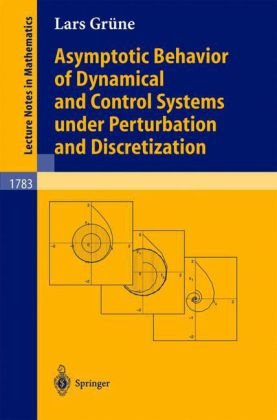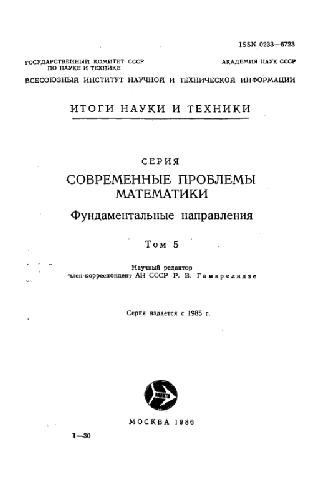Lars Grüne3540433910, 9783540433910
Table of contents :
front-matter……Page 1
01. Introduction……Page 10
1.1 Starting Point……Page 11
1.2 Different Approaches……Page 13
1.3 Basic Idea……Page 15
1.4 Outline of the Results……Page 16
1.5 Open Questions and Future Research……Page 19
2.1 Continuous Time Systems……Page 22
2.2 Discrete Time Systems……Page 28
2.3 Sets, Distances and Limits……Page 31
3.1 Strong Attraction……Page 35
3.2 Robustness Concepts……Page 37
3.3 Geometric Characterizations……Page 42
3.4 Relation between Robustness Concepts……Page 46
3.5 Lyapunov Function Characterization……Page 51
3.6 Stability of Robustness Concepts……Page 60
3.7 Inflated Systems……Page 64
3.8 Discrete and Continuous Time Systems……Page 72
4.1 Weak Attraction……Page 77
4.2 Robustness Concepts……Page 83
4.3 Geometric Characterizations……Page 86
4.4 Relation between Robustness Concepts……Page 90
4.5 Lyapunov Function Characterization……Page 95
4.6 Stability of Robustness Concepts……Page 104
4.7 Inflated Systems……Page 108
4.8 Discrete and Continuous Time Systems……Page 115
5.1 Time Discretization: Theoretical Framework……Page 121
5.2 Time Discretization: Numerical Schemes……Page 125
5.3 Space Discretization……Page 137
6.1 Strongly Attracting Sets……Page 145
6.2 Strong Attractors……Page 150
6.3 Subdivision Algorithm……Page 156
6.4 Weakly Attracting Sets……Page 159
7.1 Definitions and Basic Properties……Page 165
7.2 Zubov’s Method……Page 167
7.3 Robustness for Domains of Attraction……Page 177
7.4 Domains of Attraction under One–Step Discretizations……Page 181
7.5 Subdivision Algorithm……Page 186
7.6 Numerical Approximation of Zubov’s Method……Page 193
7.7 Reachable Sets……Page 197
A.1 Definition……Page 203
A.2 Optimality Principles……Page 204
B.1 Definition……Page 209
B.2 Approximation by Smooth Functions……Page 211
C.1 Subdivision Algorithm: Test Examples……Page 214
C.2 Subdivision Algorithm: Further Examples……Page 219
C.3 Zubov’s Method……Page 222
11Notation……Page 225
12References……Page 227
13Index……Page 234







Reviews
There are no reviews yet.